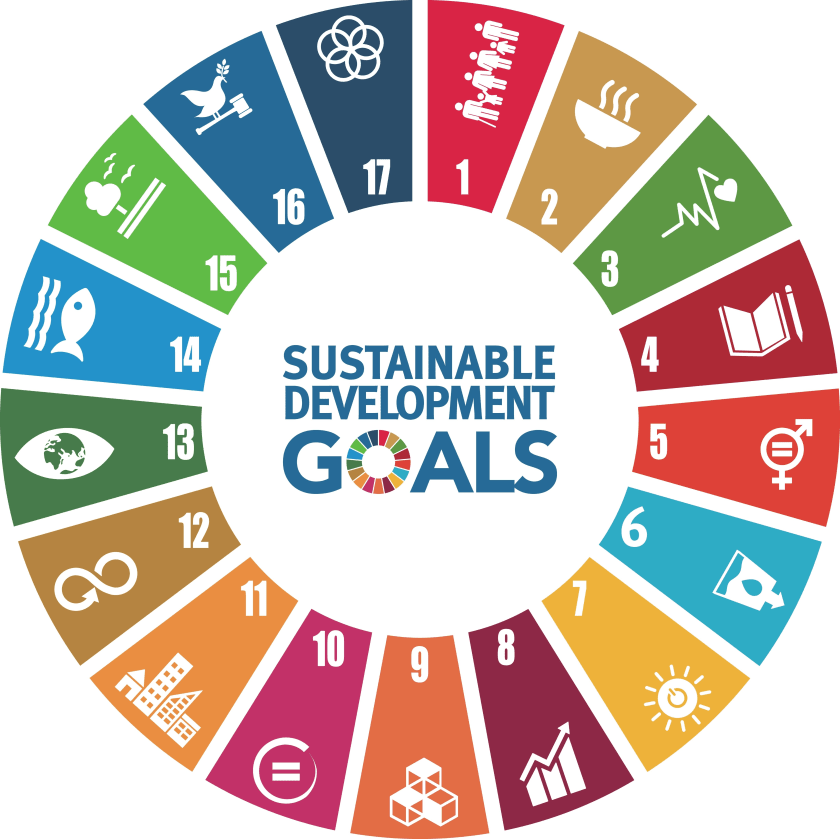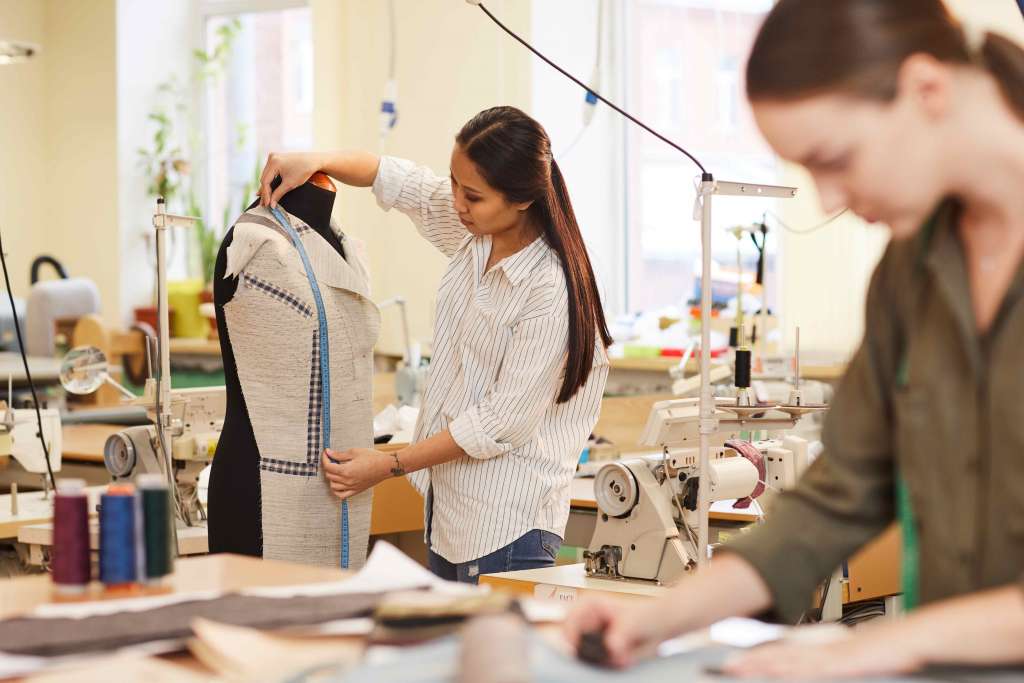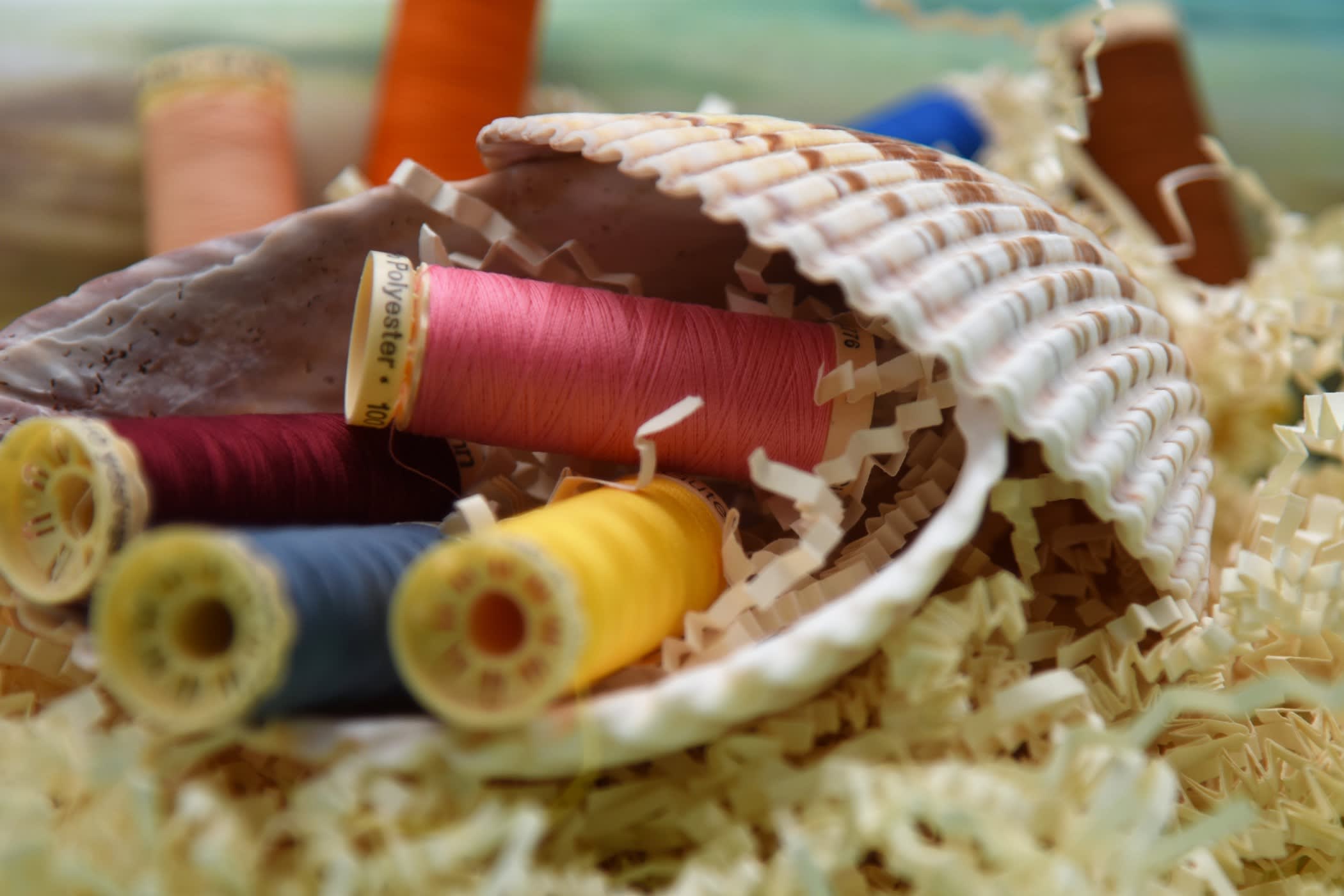The Global Goals: Overcoming The World's Challenges



Summary: The fashion industry is changing so fast that it has become difficult to keep a tab on each trend. While it's a good thing, fashion brands and designers have an unspoken responsibility toward the UN Sustainable Development Goals.
In 2015, the UN created 17 Sustainable Development Goals as a roadmap for a greener future until 2030. But why are these goals important?
As we all know, the older the earth gets, the better care it demands. The UN Sustainable Development Goals are a way to help the earth get cleaner and greener with every citizen's participation.
The unspoken global sustainable goals help reduce the plant's industrial footprint. All the Sustainable Development Goals are interconnected. But only a few of them can be known to affect the fashion industry's future.
Scroll down to learn how brands can help overcome the world's challenges.
Why Fashion Industry Should Be Aware of the UN Sustainable Development Goals
The world is facing certain challenges, including poverty, climate change, and hunger. But lately, the oil and fashion industry has become one of the latest contributors to pollution on earth. Mainly the trend of fast fashion is adding to the pollution.
The fashion industry generates 20% wastewater and 10% carbon dioxide. Also, it generates 300 million tons of plastic each year.
All these things put the life of flora and fauna at great risk. That's why the fashion industry needs to be aware of the UN Sustainable Development Goals to contribute to a cleaner environment.
How Can the Fashion Industry Overcome These Challenges?

As a fashion designer or brand, it's your prime responsibility to help reduce these challenges for a better future. Also, fashion industry customers can help reach sustainability goals.
Here are a few goals connected to the fashion industry:
1. Goal 5: Gender Equality, Goal 8: Decent Work and Economic Growth, Goal 10: Reduce Inequality
Around the world, there are more than 60 million garment workers, with 75% of them being women. Though fast fashion has become popular, it has fostered the ritual of unequal pay in the apparel industry. Unfortunately, these women have to work in bad conditions.
The majority of them have unstable living conditions that are made worse by extremely low pay, mandatory overtime, child work, pregnancy discrimination, and physical and verbal abuse. One of the concerns in the sector that seems to get the least attention is gender discrimination. As a fashion brand, you should have complete information about your manufacturing unit and workers.
2. Goal 12: Responsible Consumption and Production
To keep up with the trends, brands are manufacturing more clothes than ever, polluting the earth. Overproduction of garments has proven to share harmful consequences for both the environment and the consumers. Currently, garment usage has exceeded 400% more than what was used 20 years ago.
So, you can take an oath to stop manufacturing tons of clothes and to spread awareness about irresponsible production.
3. Goal 13: Climate Change
The pollution caused by the fashion industry is causing climate change. So, you can introduce new ideas to your brand to reduce CO2 emissions. The high complexities of supply chains paired with linear production systems have resulted in unsustainable environmental impacts.
Fast fashion and excess consumerism have resulted in huge depletion of the earth’s natural resources, leading to droughts and floods and high global warming. Hence, this goal is to limit the extraction of raw materials and infuse sustainable practices like using natural dyes and avoiding excess water in the wet processes.
4. Goal 14: Life Under Water

In addition to the chemical pollution of water, textile activity from the release of microplastics induced by washing clothes can also have an impact on marine life. Though processes like laser cutting, material coatings, and fabric pre-washing synthetic materials can be employed to lessen the release of microfibers into the water, they’re still harmful.
Several fashion designers are making vegan sustainable leather from apple skins to Kombucha tea, which provides two times more durability and quality.
How Fashion Businesses Can Make the Change?
The goals have a lot to teach fashion brands to reduce their impact on the environment. Implementing global goals aids in eradicating poverty and injustice in fashion companies as they navigate the difficulties brought on by the climate issue.
Fashion industries must confront issues with the individuals, groups, manufacturing units, and supply chains within the industry. These can be addressed successfully by inculcating the goals in their processes.
Sustainable Fashion - Not a Trend But the Future
Fashion is one of the few industries that intersects all the goals, from gender equality to decent work, from biodiversity to innovation to attain sustainability. In adopting them, it is regrettably also one of the least active. You can contribute to a greener and cleaner environment by learning and working on these UN Sustainable Development Goals to bring change.
Making more responsible decisions about the supply, processing, and disposal of the products can help your company by analyzing and assessing the life cycle of such products from an integral point of view. If you want to build a sustainable fashion brand, you can contact Fashinza to connect with reliable manufacturers and fashion advisors to help you.
Call Fashinza for more information.
Key Takeaways

- The fashion industry is a major force in the global economy, and its importance is only going to grow in the years to come.
- The UN Sustainable Development Goals provide a framework for fashion companies to adopt to ensure a more sustainable future.
- While some companies have already made strides in meeting these goals, more needs to be done to achieve them by the 2030 deadline.



















